The recommended thickness of a concrete layer should be between 1 and 2 inches. Some people will even reach a thickness of ¼ inch, which is still sufficient according to their needs. If you place a 2-inch overlay, you will need a very rough surface on the existing slab. Make sure the surface is rough enough.
The typical acceptable thickness for many contractors is between ¼ and 2 inches thick. Technically, concrete overlays can be as thin or thick as you want. However, the best thickness to work with may depend on the type of overlap you choose to work with. The maximum thickness in some cases can be up to 2 inches thick.
Often, they also have a broom finish, are left smooth or stamped, depending on the preferences of the owner of the house who is starting the improvement. The type of reinforcement used in concrete also plays a role in determining how much concrete can be poured before you need reinforcing bars. For this to be possible, the contractor must pour at least 2 inches of concrete, use smaller aggregates, and integrate reinforcements such as welded wire mesh or mixed fiber into the concrete. You can easily fix any problems you encounter by simply pumping epoxy foam at problem points or areas and sanding them with a concrete grinder to level the surface area.
As it cures, the liquid in the concrete begins to turn into an elastic gel that can withstand a little extra weight without collapsing. For slabs and cracks that sink, your concrete technician will use a repair technique known as mud lift to level the surface. The most common reason for concrete shedding is that water was sprayed onto the concrete during the finishing process. A concrete coating professional will also advise you on the best coating mix products depending on the condition of your floor and the aesthetic result you expect.
The day before laying the concrete, moisten the surface and keep it moist until the concrete is laid, but there is no standing water on the slab during laying. The first few hours after mixing a batch of concrete usually pass before it starts to harden enough to work with it. Concrete coatings would normally have a lifespan of 10 to 15 years, but are said to last up to 25 years or more if they have been installed and maintained particularly well. On the contrary, if all repairs and corrective problems in the substrate are properly addressed, the concrete screed will not experience cracks for many years.
If desired, thicker concretes can be used; however, there are limitations depending on the type of reinforcement used in the original concrete work. Many variables can come into this, from the actual quality of the material in general, the amount of preparation done and the amount of regular maintenance it receives, all contribute to the impact of how the life of a concrete screed can be extended. Residential contractors and large-scale commercial concrete contractors can install a thin layer on concrete slabs that have damaged surfaces. Whether you're laying a layer of concrete on an existing floor, a concrete slab, or some kind of subfloor, you'll need to make sure you're able to resolve any issues you may currently have before doing so.
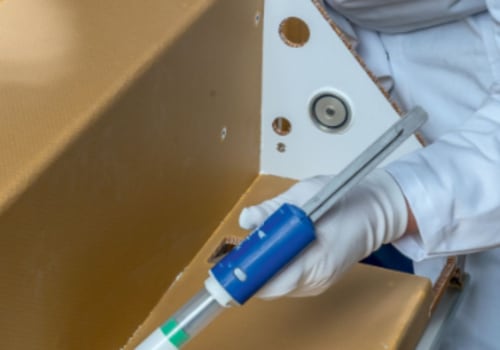
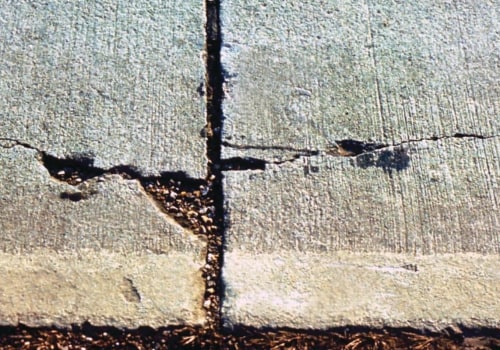
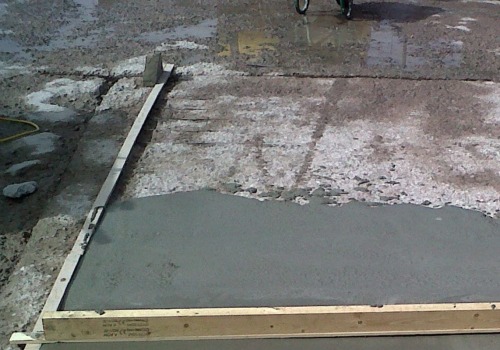
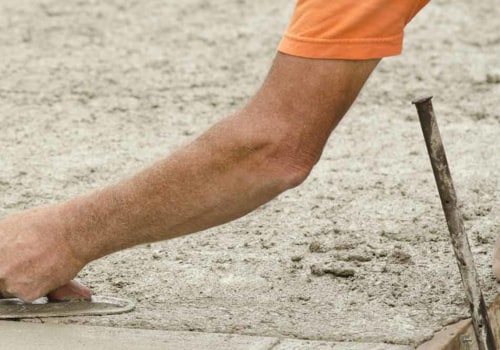

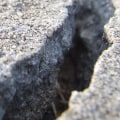
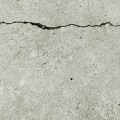
Leave Reply